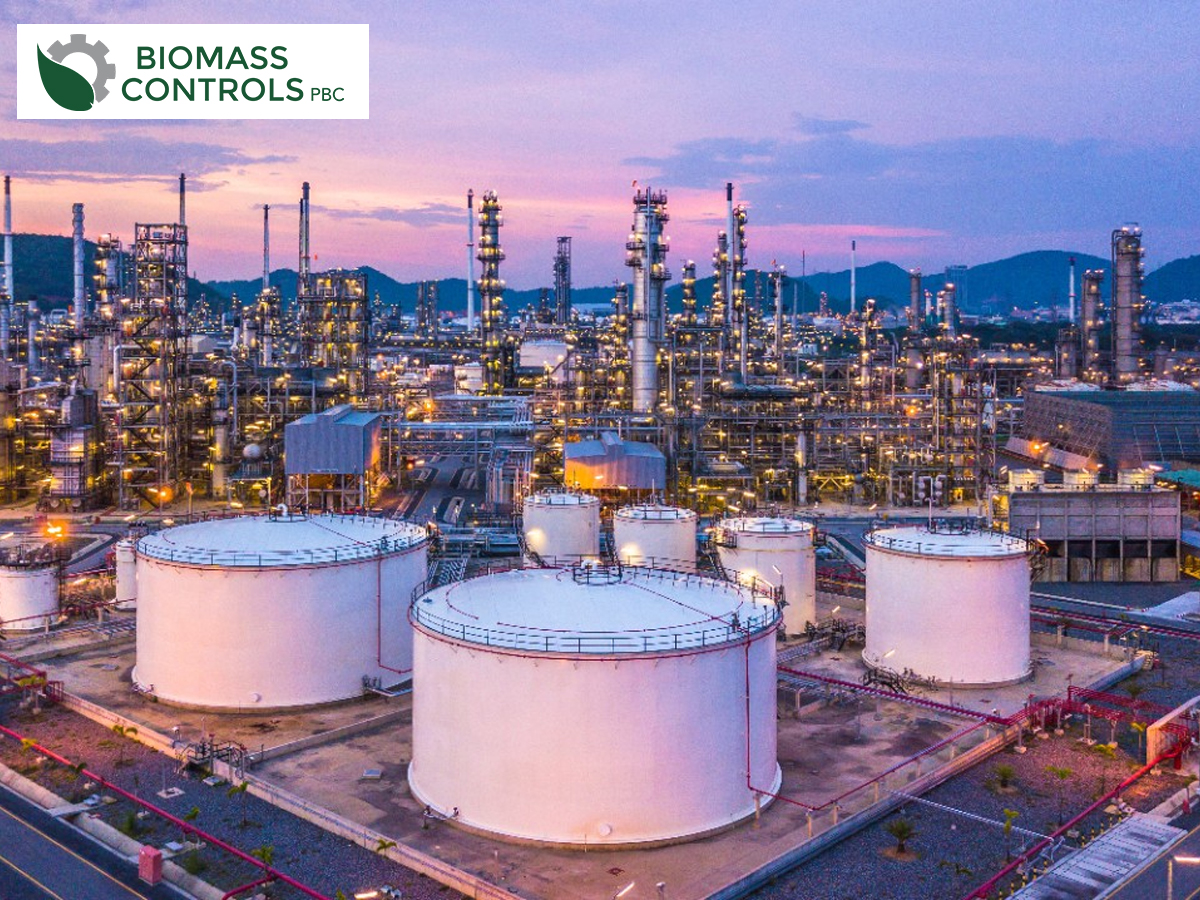Biochar production has been identified as a sustainable solution to some of the world’s most pressing environmental challenges. Biochar corresponds to the way you obtain the carbon-rich byproducts through the pyrolysis of organic materials. It has held captivation for many because of its use in increasing soil health and carbon storage. It decreases the emissions of greenhouse gases.
Biochar has a wide range of applications in agriculture, waste management, and energy production. They are likely to boost the demand for biochar, making it more imperative than ever to invest in improved biochar production equipment. Biochar production equipment catalyzes the conversion of organic waste into biochar. For the future of large-scale production, it would be sensible to look into types, functions, and emerging trends within this area.
In this blog, we will explore the fundamental principles and concepts behind biochar production equipment, as well as the innovations shaping the future of the industry.
Key Features of Biochar Production Equipment
When you want to buy a piece of equipment for biochar production, it is crucial to know all the features that could affect its performance as well as its sustainability. The core components common to most biochar production systems include:
- Fabrication Preparation for Feedstock: The process of feeding organic materials into pyrolysis requires uniform feedstock sizes. Some devices boast pre-processing stages, such as shredding or drying, as part of their preparation. They ensure that the feedstock is sized correctly and has the correct moisture content for efficient carbonization.
- Pyrolysis Chamber: It is the actual production system for biochar. At the core of the equipment is the pyrolysis chamber, where the thermochemical decomposition of biomass occurs. Oxygen deprivation converts biomass to biochar, syngas, and bio-oil. The importance of a pyrolysis chamber is directly related to the yield, efficiency, and quality of biochar production.
- Heat Source: In many biochar production systems, a special heat source is necessary to provide conditions for heating biomass in pyrolysis (400-700°C). This could be electric heating elements, gas burners, or even syngas produced during its own internal process.
- Gas Collection and Treatment: The major benefits of modern biochar production machines are that they can be used to catch and utilize the gases released during pyrolysis. This gas consists of carbon dioxide, methane, and some other hydrocarbons, which could be burned to run the system. It can also be processed for some other industrial applications.
Biochar Production Equipment Types
Biochar Production Equipment comes in various types, each designed to accommodate a different kind of production scale, feedstock types, and operational needs. Some of the most-used systems are as follows:
- Small-Scale Biochar Production Equipment: Suitable for research, small farms, or entrepreneurs wishing to produce limited quantities of biochar, small-scale equipment is compact and portable. It is easy to operate and work with a wide variety of feedstocks such as wood chips, agricultural wastes, or even household organic waste.
- Industrial-Scale Biochar Production Equipment: Intended for commercial biochar producers, these large systems process large volumes of biomass and operate either in continuous or batch production. Industrial systems are often integrated into a biogenic refinery. They are supported by technology in automation and control for maximum efficiency.
- Gasification-Based Biochar Production Equipment: Gasification is the partial oxidation of organic materials in a low-oxygen medium, converting them to syngas or gas, biochar, and other valuable products. This type of technology is primarily used for large-scale biochar production set up in energy production facilities.
Emerging Trends in Biochar Production Equipment
Emerging trends are set to revolutionize biochar production technologies in light of the growing biochar industry. Here are some of the most exciting trends to consider:
- Melding Renewable Energy: Among the many interesting trends, one is the integration of renewable energy sources like solar or wind with biochar production systems. By bringing renewable energy into the pyrolysis system, the greenhouse carbon footprint can be significantly reduced, mimnimizing the cost of energy. It makes biochar production more sustainable.
- Carbon Capture and Utilization (CCU): It not only produces Biochar; it also captures and stores carbon from the atmosphere. Advanced biochar production technology is designed with a view toward more efficient carbon capture. The system integrates carbon capture and utilization (CCU) technology, where captured carbon is either stored or used to produce other valuable products, such as biofuels or chemicals.
- Automation and AI: In the age of AI and machine learning, automatic controls are helping to optimize biochar production processes. Such technologies allow systems to self-tune, according to real-time data, enhancing efficiency and reducing the degree of human interaction. Automation guarantees uniformity in product quality, further making biochar a desirable option for farmers and industries.
Conclusion
Biochar production equipment has become an essential part of promoting sustainable practices in multiple sectors. This type of equipment ranges from small-scale systems for local use to large industrial production systems. Biochar production technology is becoming highly sophisticated and very green due to the latest advancements in energy efficiency, automation, and carbon capture. Biochar will witness higher levels of innovation in times to come, making the production processes more efficient, cost-effective, and sustainable. This is driven by the many environmental benefits that biochar offers.
The Biochar Conference 2024 has served as a bridge amidst the ongoing development of the industrial chains of biochar. They will continue to share information concerning recent advancements in biochar production equipment and emerging technologies.



